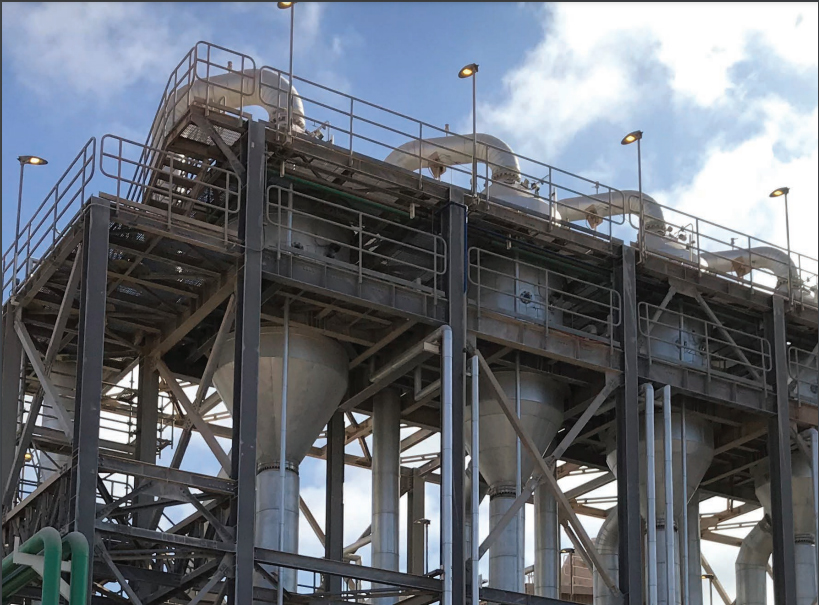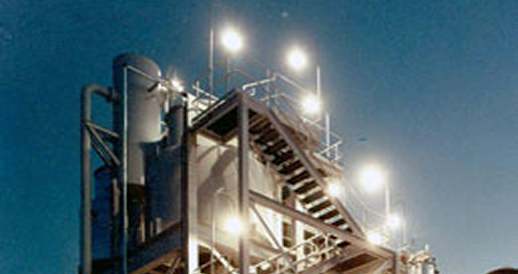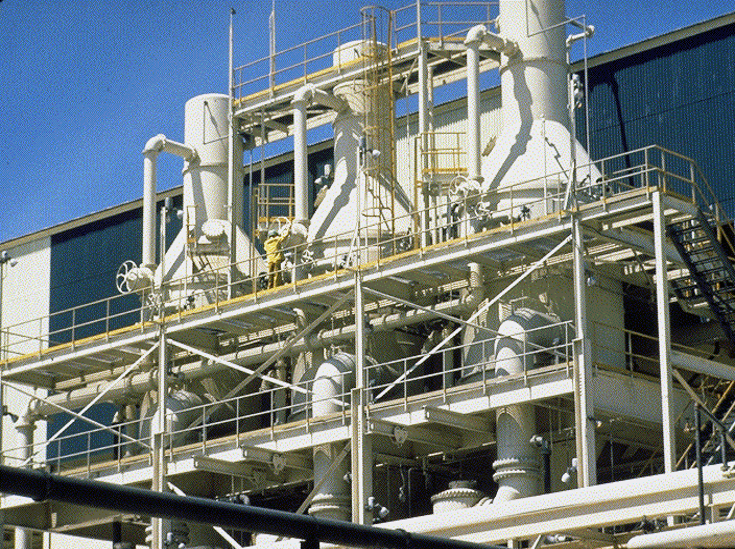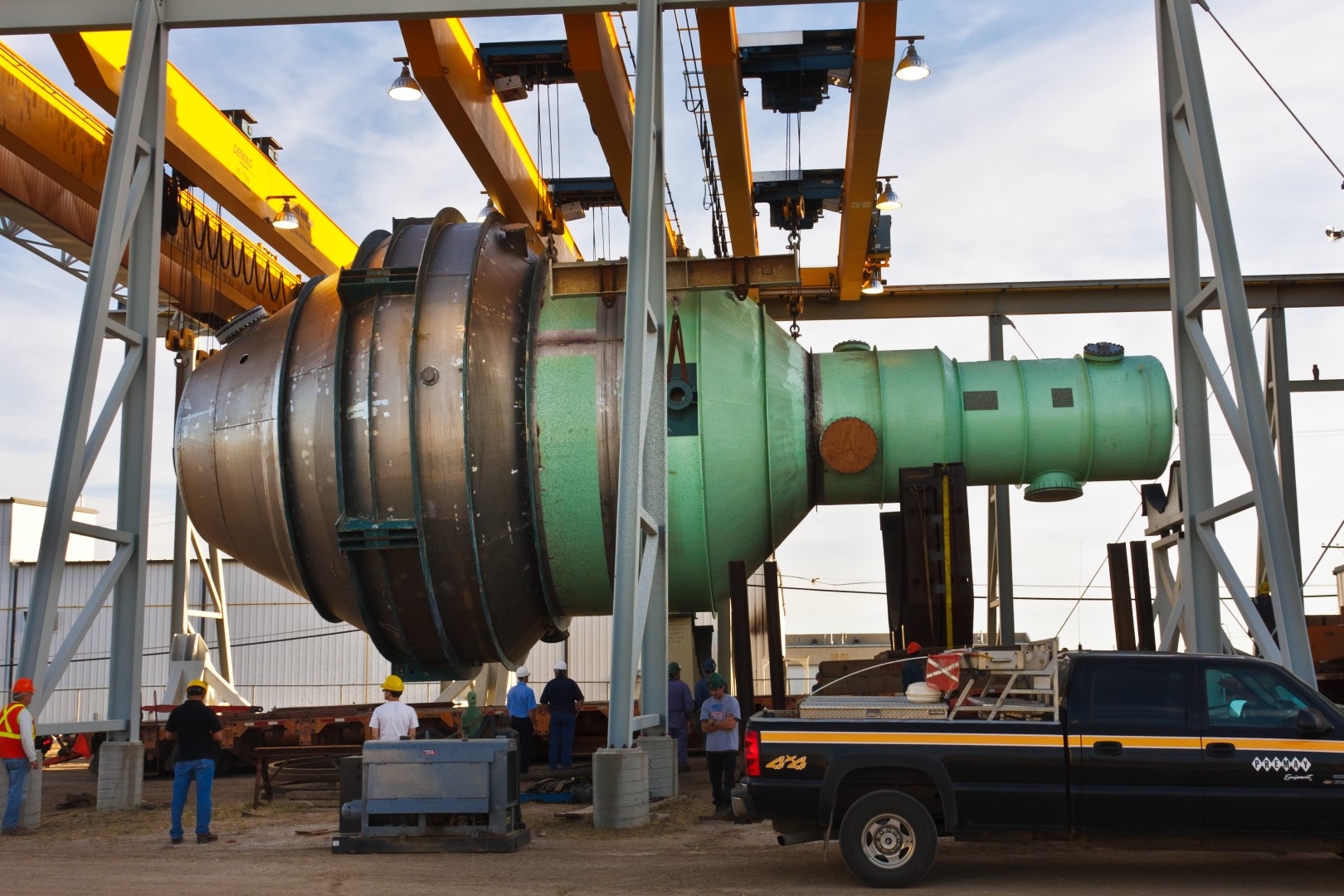Inline Analytics in Lithium Refining
Producing high-purity, battery-grade lithium relies on precise process monitoring and control. Inline analytics are central to this effort because they enable operators to measure and control key quality indicators in real-time, rather than relying solely on offline laboratory analysis. The following parameters are essential:
- Purity and Yield
At the heart of any lithium refinery is the goal of maximizing yield while meeting battery-grade purity standards. These metrics are first established in bench and pilot testing, where yield and purity data are collected. Inline analytics bring those measurements forward into the commercial plant, ensuring that lithium carbonate or hydroxide consistently meets end-user specifications. - Contaminant Levels
Every lithium source—brine, hard rock, or clay—comes with a unique impurity profile. Removing contaminants such as magnesium, calcium, sodium, or sulfate is critical to quality assurance (QA). Inline probes and sensors give operators a window into impurity levels as the process runs, helping confirm that crystallization and evaporation systems are effectively separating unwanted materials. - Crystal Morphology
Crystal shape and size distribution (morphology) influence both downstream handling and final performance. Inline monitoring of particle size distribution, often via laser diffraction or imaging sensors, ensures stable growth conditions and prevents the production of out-of-spec products. - Operational Health Parameters
Inline analytics are not limited to product quality—they also track process health. During pilot testing, tendencies like fouling, scaling, and washing requirements are identified. Commercial systems must continue to monitor these risks using flow, temperature, and pressure sensors that give early warnings before deposits build up or equipment performance drops.

Sensor/Probe Options
Lithium refining does not yet have a universal “inline lithium sensor” sold as a turnkey product. However, established industrial sensor families provide the needed functionality:
- Conductivity and ion-selective probes to detect impurity levels and ionic strength in process streams.
- Laser diffraction analyzers for inline particle size monitoring, supporting control over crystal morphology.
- Temperature, flow, and pressure sensors integrated into heat exchangers, evaporators, and crystallizers to guard against scaling or fouling.
- pH and redox sensors where solution chemistry must be stabilized during pre-treatment or crystallization.
What makes these tools effective is their integration into a centralized control environment, typically a PLC or SCADA system engineered for demanding industrial environments.
Data Handling
Collecting data is only half the challenge; using it effectively requires a robust data infrastructure. Lithium refining plants often rely on supervisory control and data acquisition (SCADA) systems linked to PLCs.
These platforms:
- Aggregate sensor data into a central console.
- Provide trend analysis, allowing operators to see how variables like purity or temperature shift over time.
- Log results for compliance and traceability in standardized formats.
- Trigger automated reports, which function as ongoing QA records comparable to batch release documentation in other process industries.
QA Integration
Inline analytics are most valuable when embedded in a refinery’s broader quality assurance framework. Swenson Technology and Whiting Equipment’s design process already includes bench and pilot testing to generate yield, purity, morphology, and scaling data. These same metrics can form the baseline for inline QA in the commercial plant.
- Bench Testing provides proof of concept and baseline purity/morphology benchmarks.
- Pilot Testing establishes operating envelopes and identifies washing or centrifuge performance requirements.
- Commercial QA extends these metrics into a continuous monitoring environment, linking sensor readings directly to process control recipes.
By using the same parameters across all three stages, refineries create a seamless chain of quality assurance.

Case Example
Consider a brine-based lithium refinery where magnesium levels must be tightly controlled. Bench tests identify acceptable impurity limits; pilot trials determine washing requirements to meet those limits. In the commercial system, inline conductivity probes are placed after each crystallization stage. Data trends are fed into SCADA, with alarms configured to trigger if impurity readings drift upward. Operators can respond immediately, reducing the risk of producing an off-spec batch that would otherwise require rework or disposal.
Alarm Thresholds
Real-time monitoring is only valuable if it provides actionable alerts. Control systems for lithium refining draw on proven heavy-industry practices, where alarms are tied to phase status monitoring and diagnostics. Alarm thresholds can be set for:
- Exceeding impurity concentration limits.
- Deviations in particle size distribution.
- Abnormal flow or temperature in heat exchangers (early fouling indicators).
- Power or utility use outside the expected efficiency band.
When alarms are triggered, operators are prompted to make adjustments, such as adding wash water, adjusting temperature, or altering residence time in a crystallizer.
Calibration Plans
Accurate inline analytics depend on systematic calibration. Initial calibration points are derived from rigorous data generated through modeling, bench testing, and pilot trials. These high-fidelity measurements provide reference standards for inline probes.
Calibration plans typically include:
- Scheduled recalibration at fixed intervals to ensure sensors remain accurate.
- Verification runs comparing inline probe readings against lab samples.
- Recipe-based validation where operating conditions are linked to known sensor values, allowing automatic checks of calibration drift.
By treating calibration as a continuous process, refineries can maintain confidence in inline analytics and the QA framework they support.
Conclusion
Inline analytics are not a luxury in lithium refining—they are a necessity. Measuring purity, yield, contaminants, morphology, and operational health in real time enables operators to prevent issues before they escalate, protect product quality, and maximize efficiency. The integration of proven industrial sensors with centralized PLC/SCADA platforms provides the backbone for this approach.
As global demand for high-purity lithium continues to climb, refineries that invest in strong inline analytics will be better positioned to deliver consistent, battery-grade output while controlling costs and minimizing waste.
Ready to strengthen your quality assurance with inline analytics?
Whiting Equipment Canada, in collaboration with Swenson Technology, designs lithium refining systems that integrate real-time monitoring, crystallization, and evaporation into a seamless solution. Our team can help you specify the correct parameters, build in robust controls, and deliver dependable battery-grade results. Contact us today to discuss your project.












